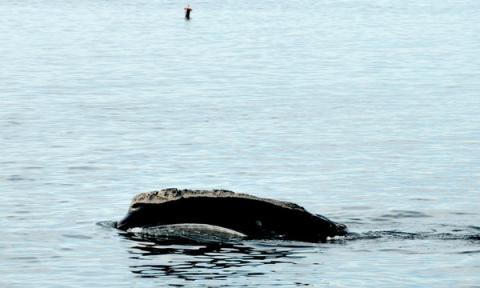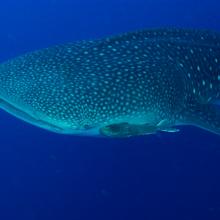
The Consortium for Wildlife Bycatch has been featured in the August 22, 2011 New York Times Science article, "Fishing Gear is Altered to Ease Collateral Costs to Marine Life".
"The seafood on your plate is not the only animal that gave its life to feed you," is one of the messages from Tim Werner, the director of the Consortium for Wildlife Bycatch Reduction. While fishing for tuna, lobster, or other tasty seafood, we catch, injure, and kill other fish, marine mammals, sea turtles, sea birds, and invertebrates.
The article outlines some of the Bycatch Consortium's research on gear modifications designed to reduce bycatch of endangered species. Two successful mitigation techniques used by fishermen are pingers, which alert cetaceans to stear clear of fishing gear, and "weak-hooks", designed to straighten and release large bycatch when they become hooked on longlines. The Consortium and its partners are also currently testing metallic shark repellants and attractants and whale-visible ropes in the field (watch the video of tests to determine if right whales can see and avoid colored ropes).
The Consortium works with fishermen, scientists, and engineers to design and test gear modifications that will reduce bycatch while still being practical for fishermen. Werner emphasizes that, "we are trying to be proactive, to recognize that fishermen are not the villains in this play, but really a critical part of the solution."
Photo credit: Amy Knowlton, New England Aquarium
Featured Bycatch Species

Historically, the whale shark has been hunted for its meat and liver oil.
